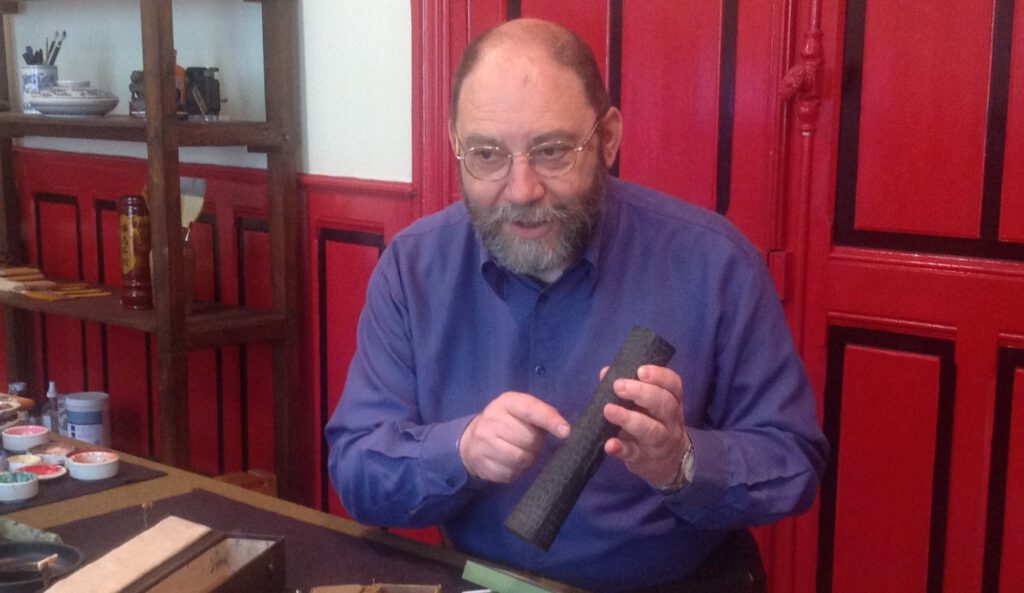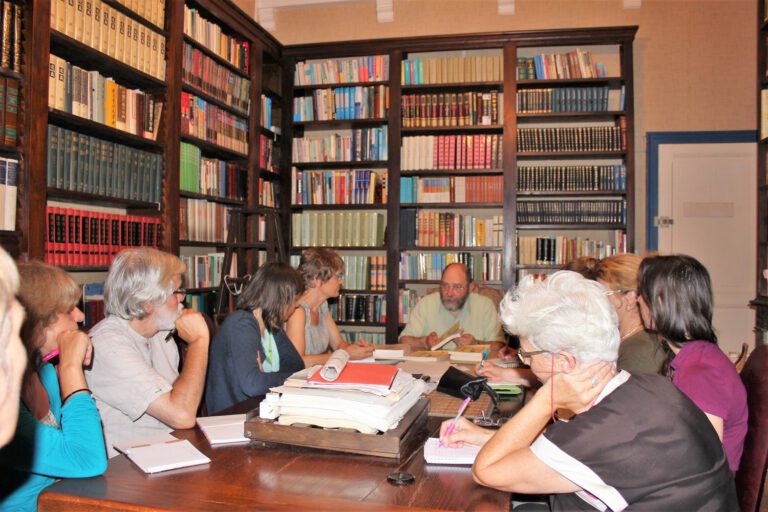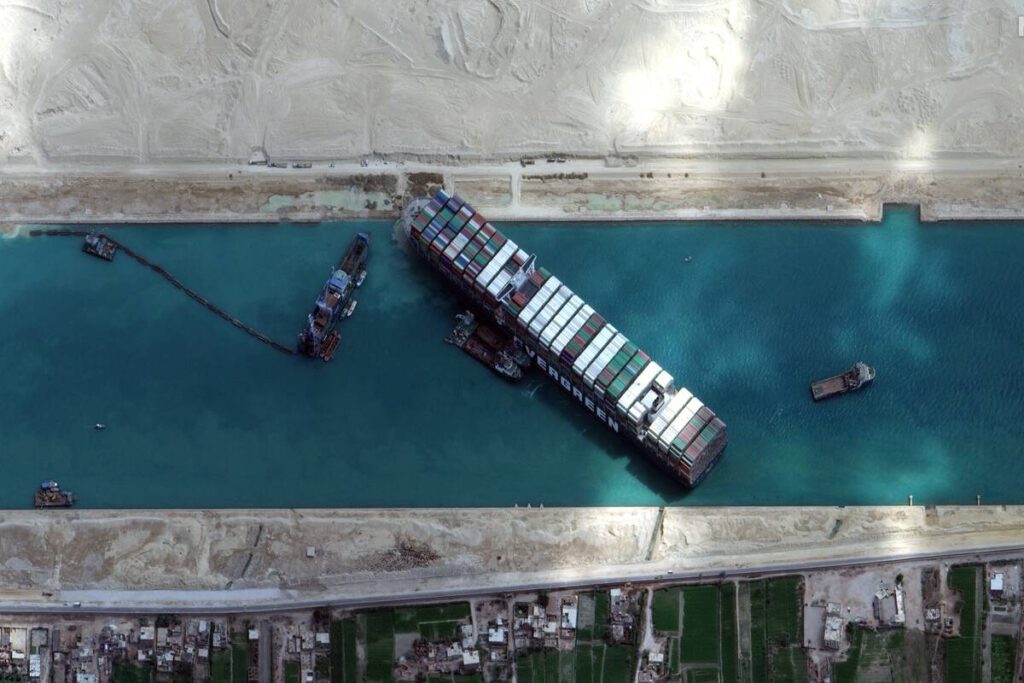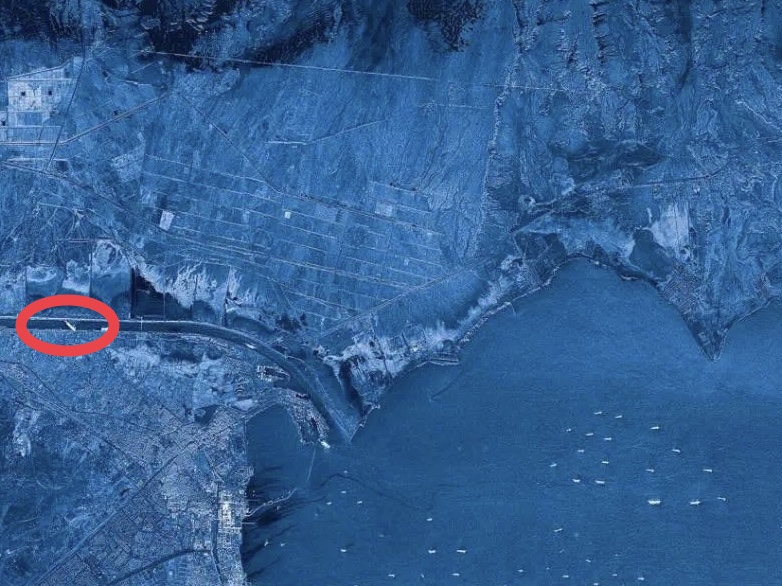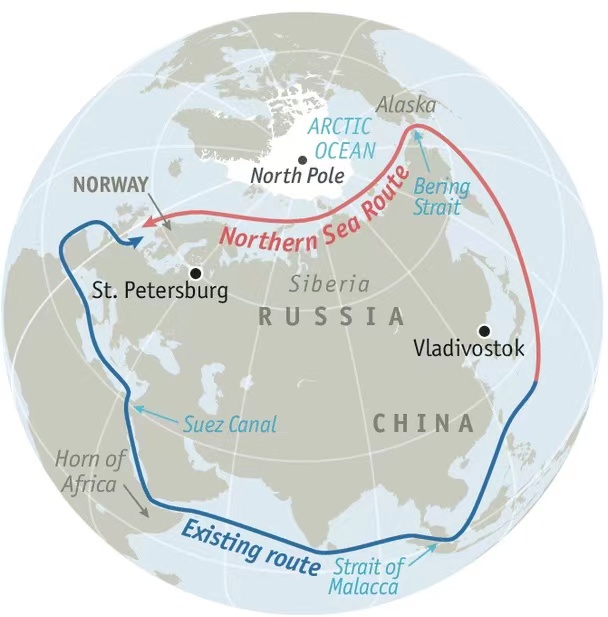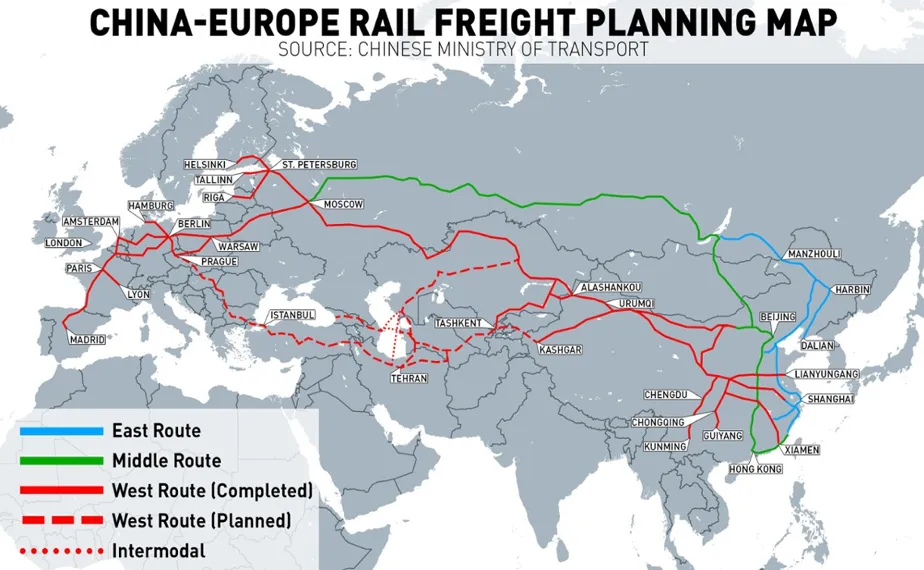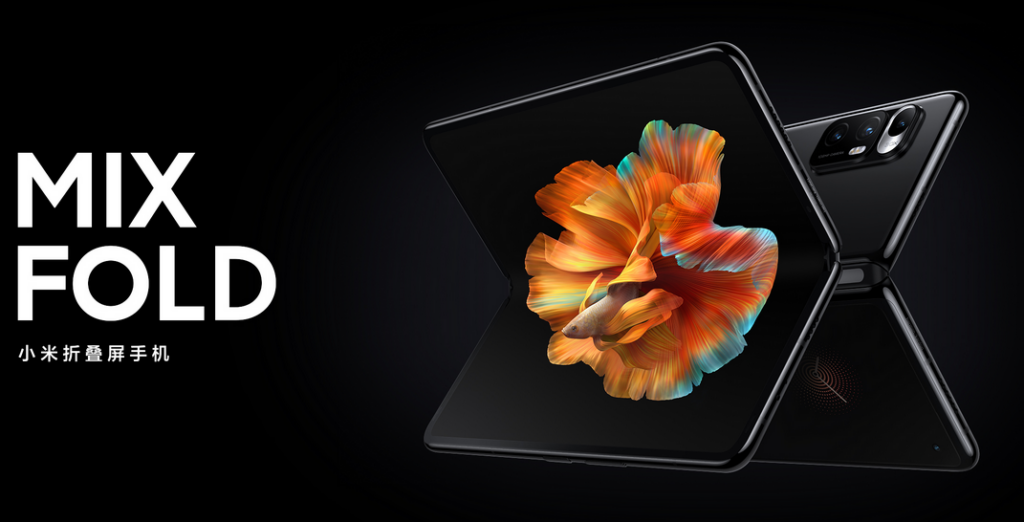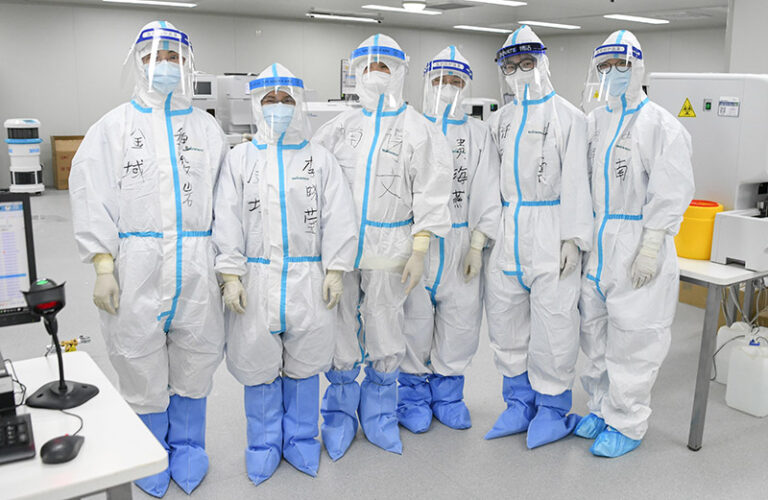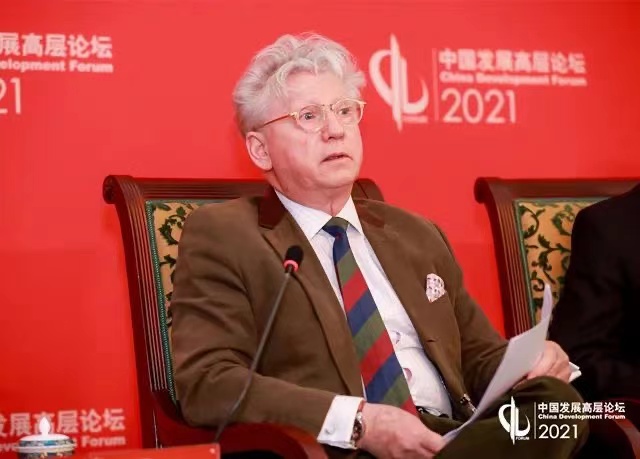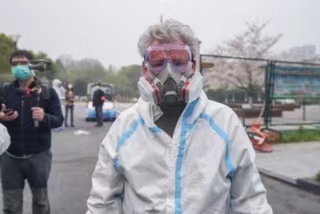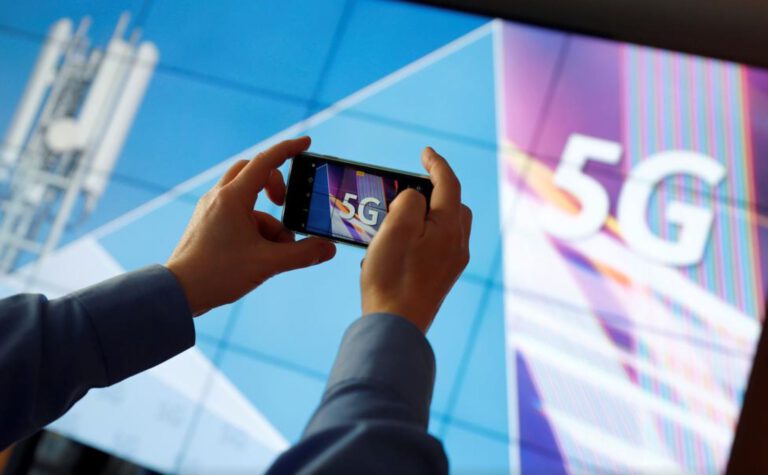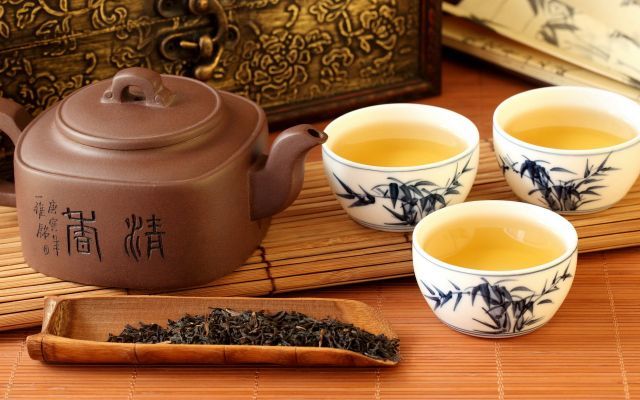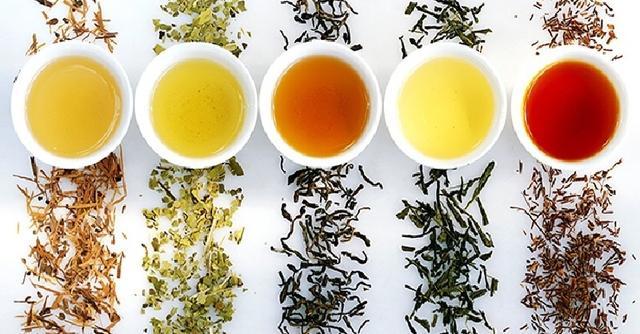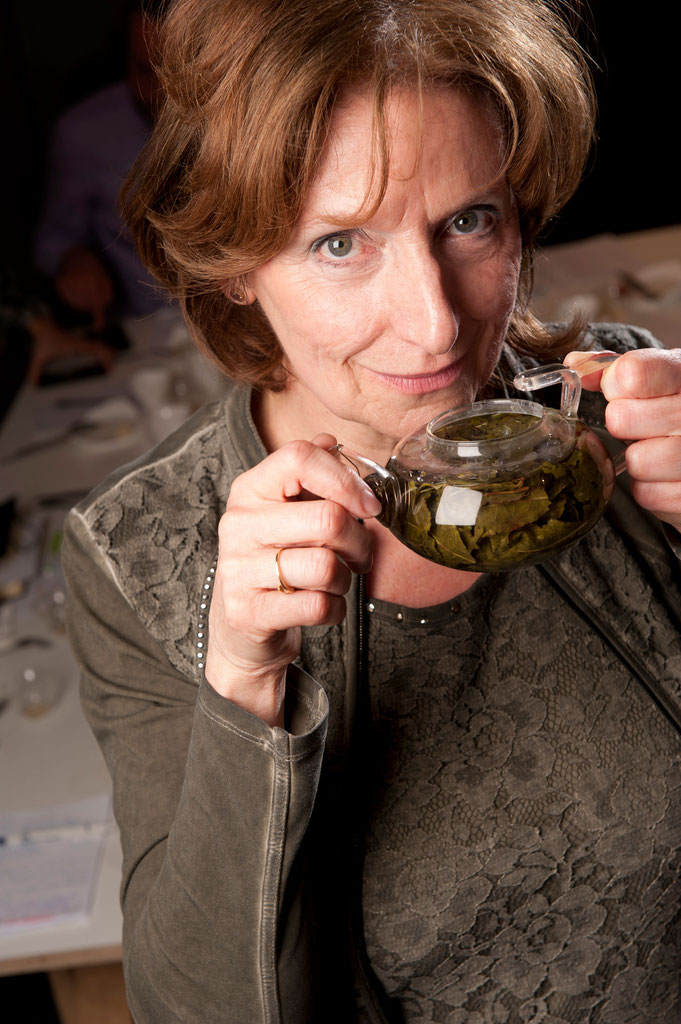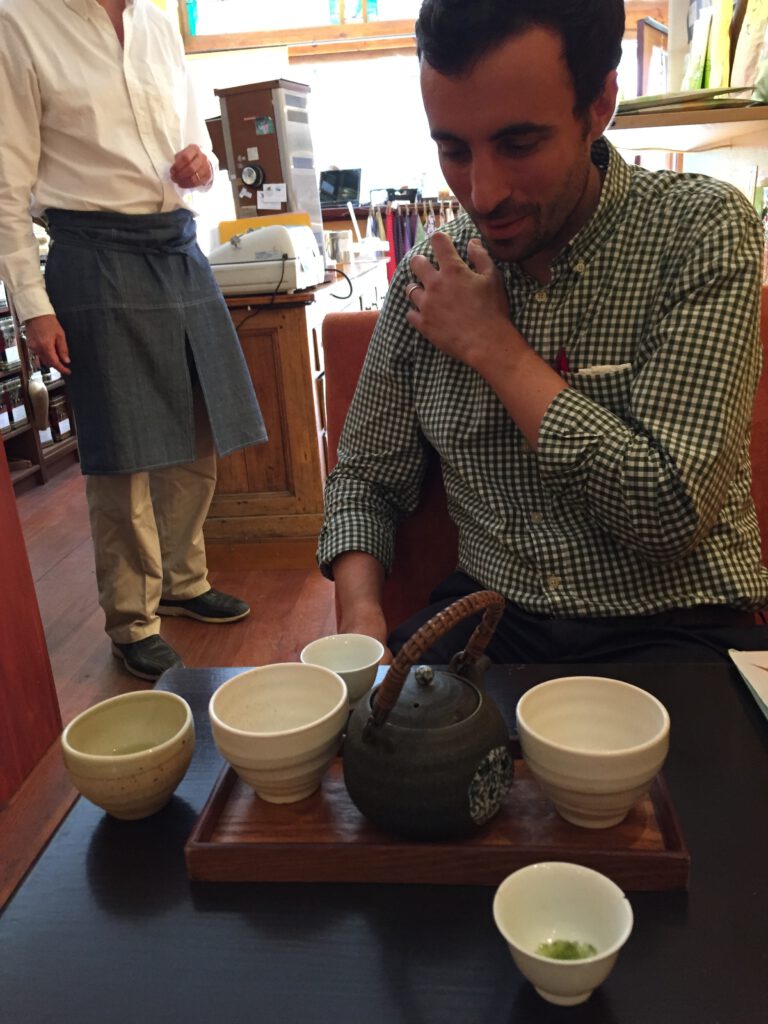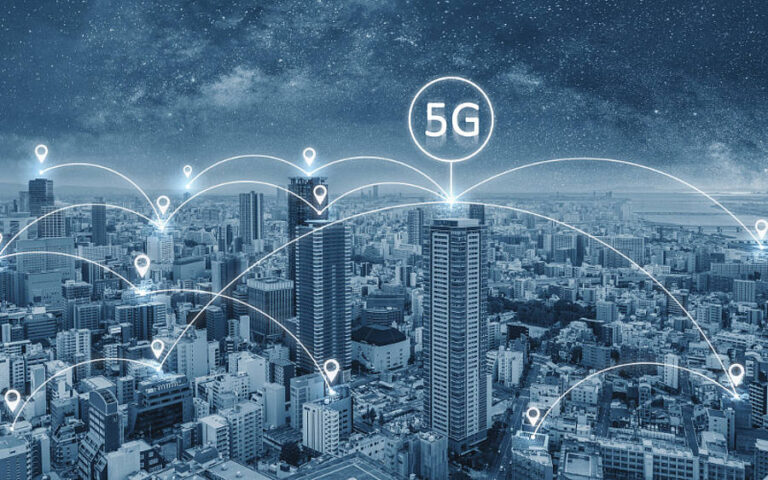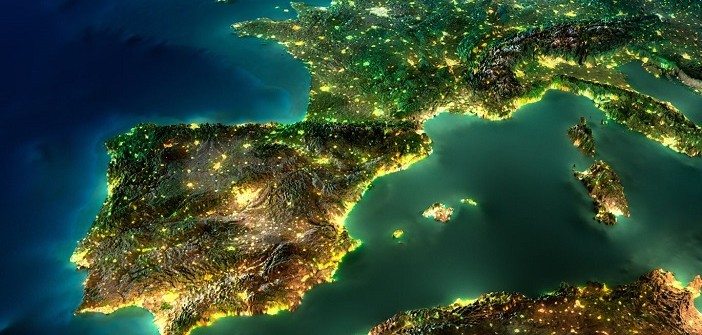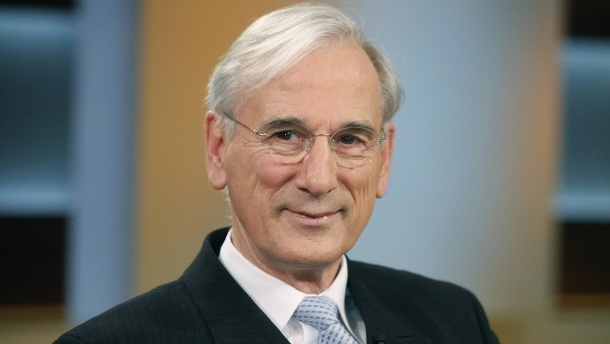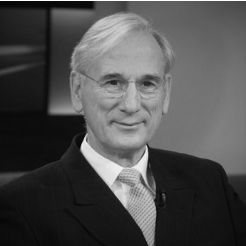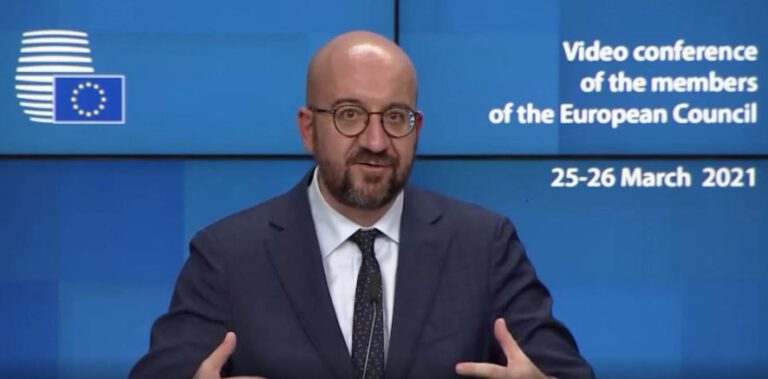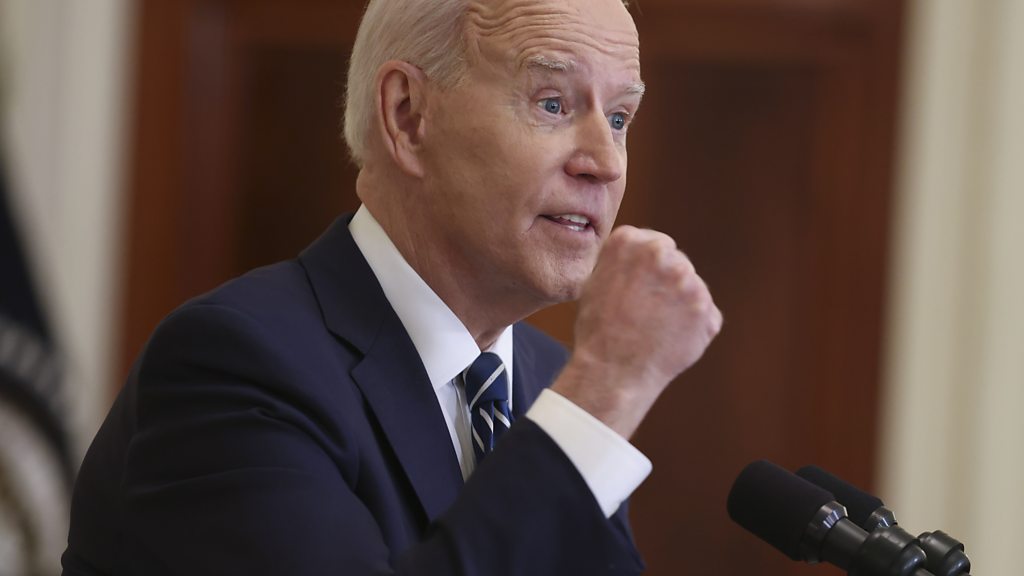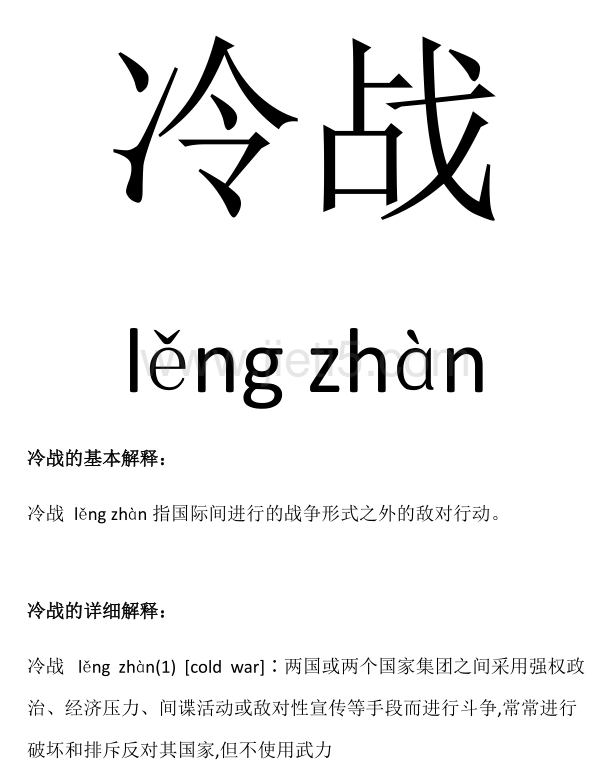Beziehungen der USA zu Deutschland und Europa – Eine unvollständige Bestandsaufnahme
v. Jürgen Chrobog, deutscher Botschafter in den USA und Staatssekretär des Auswärtigen a.D.; Präsident des Europäischen Senates-Politik der Verbandsgruppe “Wir Eigentümerunternehmer”
Wer von uns in Europa hätte je gedacht, dass das transatlantische Verhältnis einen derartigen Tiefstand erreichen könnte. Wer hätte geglaubt, dass gerade Deutschland, der engste Verbündete der USA sich zum Prügelknaben der US-Regierung entwickeln würde. Ein Wahlsieg von Präsident Trump im November würde diesen Trend weiter verstärken.
Amerika war für Deutschland sicherheitspolitisch, wirtschaftlich sowie politisch und gesellschaftspolitisch ein fester Anker im transatlantischen Wertesystem. Obamas Ankündigung einer stärkeren Hinwendung nach Asien (Pivot to Asia) hatte daran nichts geändert. Obama hat die Bedeutung der transatlantischen Sicherheitsarchitektur und die Rolle Deutschlands – insbesondere der Bundeskanzlerin – nie infrage gestellt. Selbst während des Irakkrieges und des damals angespannten Verhältnisses von Kanzler Schröder zu George W. Bush wurden Unstimmigkeiten im wohlverstandenen beiderseitigen Interesse überwunden. Deutschland blieb „Partner in Leadership“, eine Rolle, die bisher von Großbritannien, insbesondere von Tony Blair, reklamiert worden war.
Fast alle internationalen Vertragsverpflichtungen gelöst
Seit seinem Regierungsantritt 2017 hat Präsident Trump die USA von fast allen internationalen Vertragsverpflichtungen gelöst, aus seiner Verachtung für internationale Organisationen nie einen Hehl gemacht und die amerikanischen Mitgliedschaften aufgekündigt.
Besorgniserregend ist die Bilanz der Trump-Regierung insbesondere aufgrund der Aufkündigung fast aller Abrüstung- und Rüstungskontrollvereinbarungen. Mit dem INF-Vertrag über das Verbot landgestützter atomarer Mittelstreckenwaffen ist 2019 einer der wichtigsten Abrüstungsverträge zwischen den USA und Russland erloschen. Damit können die beiden Länder wieder ohne Beschränkungen solche Waffen bauen. Mitteleuropa ist hier besonders gefährdet. Vor allem Deutschland hatte sich um dieses Abkommen bemüht.
Die USA haben sich inzwischen einseitig aus dem sogenannten Open Sky Abkommen zurückgezogen, der den Unterzeichnerstaaten gegenseitige Aufklärungsflüge im jeweiligen Luftraum erlaubte und ein wichtiger Teil der gegenseitigen Vertrauensbildung war. Wie immer wirft sich jede Seite gegenseitig Vertragsverstöße vor.
Das Abkommen über strategische Nuklearwaffen (START) läuft in Kürze aus. Putin hat eine Verlängerung um fünf Jahre ohne jede Vorbedingung vorgeschlagen. Die Zeit könne man dann für Neuverhandlungen eines neuen Startabkommens nutzen. Trump hat als Vorbedingung eine Beteiligung Chinas verlangt, welches nicht dazu bereit ist und darauf verweist, dass die USA und Russland 92% aller Nuklearwaffen besäßen. Inzwischen hat man sich auf Gespräche der Außenminister am 20. Juni in Wien geeinigt. Grund für diese Bereitschaft auf beiden Seiten – insbesondere der russischen – dürften die immensen Kosten für die Erneuerung der 1550 Atomsprengköpfe und ihrer Trägersysteme sein. Trump kann aber immer noch die chinesische Karte spielen und die Sache beenden.
Handelsverträge einseitig gekündigt
Seit Beginn seiner Amtszeit hat der Präsident bestehende Handelsverträge einseitig gekündigt (NAFTA) oder neuen, trotz erfolgreich abgeschlossener langjähriger Verhandlungen, die Unterschrift verweigert (TTP). Seine Entscheidung, die Welthandelsorganisation zu verlassen, stellt die Weltwirtschaft vor große Probleme. Die WTO hatte über Jahrzehnte ein Regelwerk geschaffen, welches Wirtschaft und Handel regulierte, dessen Instrumente der Streitschlichtung gut funktionierten und der globalisierten Wirtschaft mehr Berechenbarkeit bescherten.
Die einseitige Kündigung des Internationalen Umweltabkommens durch die USA stellt eine fast noch größere Herausforderung für unseren Planeten dar. Die Vereinigten Staaten sind auf Grund des sogenannten Frackings von Energieimporten unabhängig. Damit fehlt jeder Anreiz, sich mit Rücksicht auf die weltweite Bedrohung der Umwelt in ein internationales System einzubinden. Jetzt können wir nur noch auf Gouverneure und Parlamente in US -Bundesstaaten hoffen, die die Gefahren des Klimawandels erkannt haben und Widerstand gegen die Klimapolitik des Präsidenten leisten. Während Trump im Rosengarten des Weißen Hauses den Austritt aus dem Abkommen und seine erfolgreiche Klimapolitik rühmte, rechnete u.a. die Kohleindustrie in den USA bereits die Profite aus, die sich auf Grund der neuen amerikanischen Klimapolitik erzielen ließen. Dabei hatten selbst Länder wie China inzwischen ihr Umweltbewusstsein erweitert und die Gefahren für die eigene Wirtschaft erkannt.
Das Abkommen mit Iran, das nach Ansicht der meisten Staaten das iranische Nuklearprogramm begrenzt hätte, ist an den USA gescheitert. Die weltweite nukleare Bedrohung hat damit zugenommen. Welcher Staat der Dritten Welt wäre heute noch bereit, sich auf die westlichen Vertragspartner zu verlassen und ähnliche Verpflichtungen wie damals Iran einzugehen? Das hat auch Nordkorea erkannt. Damit hat das Interesse an dem koreanischen Diktator in den USA nachgelassen.
Die USA kommen ihrer internationalen Verantwortung nicht mehr nach
Ihrer bisherigen internationalen Verantwortung kommt die amerikanische Regierung nicht mehr nach. Es begann mit dem Austritt aus der UNESCO. Finanzmittel für die Vereinten Nationen (VN) und ihre Unterorganisationen wurden gekürzt oder gestrichen, ebenso das Personal des US State Departments reduziert, wie auch weltweit die Entwicklungshilfe. Zur internationalen Krisenbewältigung sind die USA nur noch bereit, wenn ihre Interessen unmittelbar betroffen sind. Im Nahen und Mittleren Osten spielen sie kaum noch eine Rolle. Schon unter Obama hatten die USA ihre Präsenz in Syrien vermindert und Russland und faktisch sogar dem Iran das Feld überlassen. China weitet seinen Einfluss in der Gesamtregion aus, und wird von Trump als die eigentliche Bedrohung gesehen.
Die ausschließlich an Israels Interessen orientierte Nahostpolitik hat Amerikas Rolle in der Region minimiert. Die Anerkennung Jerusalems als israelische Hauptstadt – ohne jede vorherige Absprache mit den Verbündeten – wird in der arabischen Welt einhellig abgelehnt und auch von den meisten EU-Staaten nicht unterstützt. Die amerikanische Ermutigung Israels, besetzte palästinische Gebiete zu annektieren, erhöht die Spannungen weiter. Auch in dieser Frage ist die EU nicht bereit zu folgen. Trumps Schwiegersohn Jared Kushner, der keinerlei Erfahrung in der Region hat, hatte diese Lösung einseitig mit Israel ausgehandelt ohne Einbeziehung der arabischen Staaten geschweige denn der Europäer. Das wird auf die Dauer keine tragbare Lösung sein.
Mitten in der Corona-Pandemie hat Trump seinen Austritt aus der Weltgesundheitsorganisation (WHO) erklärt und alle Zahlungen eingestellt. Er schwächt gezielt die WHO, die trotz mancher Schwächen dringend benötigt wird. Grund ist wie immer, von den eigenen Versäumnissen abzulenken, die zu den hohen Infektionszahlen und Todesopfern in den USA geführt haben. Die USA führten lange die Spitze der Liste der Toten und Infizierten an. Sie werden heute nur noch von Brasilien übertroffen.
Die Bundesregierung versucht in Übereinstimmung mit ihren europäischen Partnern, einen Wettlauf um die kommerzielle Nutzung eines künftigen Corona-Impfstoffs im Interesse der armen Länder zu verhindern. Trump hat allerdings schon deutlich gemacht, dass für ihn auch hier das Prinzip „America First“ gelten soll.
Inzwischen scheinen mehr Amerikaner die Lage in ihrem Land klarer zu sehen. Der Widerstand gegen den Präsidenten nimmt zu auf Grund der desolaten wirtschaftlichen Lage durch die Pandemie. Vor allem die Polizeigewalt, die den Tod von George Floyd verursachte, hat den Protest auf die Straße getragen.
Deutschland ist Trumps Lieblingsgegner
Deutschland ist der derzeitige Lieblingsgegner der Trump Regierung. Kommen hier negative Erinnerungen an die Vorfahren aus Deutschland hoch? Ist Deutschland bei Meinungsunterschieden zu selten bereit nachzugeben, oder liegt es an der persönlichen Chemie zwischen Trump und Merkel?
Wahrscheinlich etwas von allem. Streitigkeiten gibt es zuhauf – bei der Nichteinhaltung des Zwei-Prozent-Ziels im Verteidigungshaushalt hat Deutschland ein Problem. Der Vorwurf, dass wir nicht genug für unsere Verteidigung ausgeben, wird uns noch lange begleiten. Brexit, Pandemie, Nato. Die Haushaltsbelastungen insgesamt werden auch bei uns steigen. Hinzu kommen noch die zusätzlichen Belastungen, die sich aus dem Rückzug der USA aus ihrer Verantwortung ergeben. Von Deutschland wird die Übernahme weiterer Lasten erwartet, z.B. in den Bereichen Entwicklungshilfe, Sicherheitspolitik, Umwelt und Energie.
Die Beteiligung der chinesischen Mobilfunkfirma Huawei an der Entwicklung des 5G-Netzes bleibt zwischen uns und den USA streitig. Interessanterweise geht auch Großbritannien von der Notwendigkeit einer chinesischen Beteiligung aus – im Gegensatz zu uns allerdings ohne scharfe öffentliche Kritik aus den USA.* Selbst diese werden auf Grund des großen Vorsprungs von China in dieser Technologie möglicherweise nicht um eine Zusammenarbeit herumkommen.
Die ständigen Drohungen mit Zöllen auf deutsche Automobile tragen ebenfalls nicht dazu bei, die Stimmung zu verbessern. Dies gilt allerdings andererseits auch für die Planung eines EU-China Gipfels während der deutschen Ratspräsidentschaft, während sich der US-Präsident gerade um die Teilnahme weiterer Staaten wie Australien, Japan und Indien an seinem G-8 Gipfel bemüht – eine gezielte Ausgrenzung Chinas.
Bei dem Thema Nord Stream 2 haben wir nicht nur die USA (vor allem den Kongress) gegen uns, sondern auch einige unserer europäischen Nachbarn. Dieses Thema könnte aber durch Zeitablauf und Fertigstellung an Bedeutung verlieren.
Der Hauptlautverstärker des Präsidenten in diesen und anderen Streifragen war der bisherige Berliner US-Botschafter in Berlin, Richard Grenell, der gerade in den Wahlkampfstab des Präsidenten zurückgekehrt ist. Sollte er ein Amt in einer zukünftigen Trump-Administration erhalten, hätten wir aufgrund seiner Animosität gegenüber Deutschland wenig Freude.
Sicherlich spielt auch das persönliche Verhältnis zwischen Frau Merkel und Trump eine Rolle. Die kühle Sachlichkeit in Merkels Reaktion auf Trump bringt einen Mann wie ihn in Rage. Ihm wäre ein unfreundlicher Tweet-Austausch lieber. Er aber läuft mit seinen Tweets ins Leere – eine schwierige Situation für einen Politiker mit seinem Charakter.
Die USA, die seit dem zweiten Weltkrieg ein zuverlässiger Verbündeter und Gestalter der globalen Ordnung waren, haben sich aus dieser Rolle verabschiedet. Es ist zurzeit schwer, mit ihnen unter Trump Gemeinsamkeiten zu finden – von gemeinsamen Werten ganz zu schweigen. Selbst die Übereinstimmung von Interessen hat abgenommen.
Auf diese Interessen der Verbündeten wird kaum noch Rücksicht genommen. Wie zu hören ist, wird in Washington zurzeit berichtet, Trump plane die Zahl der in Deutschland stationierten amerikanischen Truppen um 9500 Personen, das heißt ein Drittel, zu verringern. Dies berührt nicht nur die strategischen Interessen aller Nato-Partner. Es ist gleichzeitig ein Affront gegenüber der Merkel Regierung, dass diese bisher weder eine offizielle Bestätigung noch ein Dementi erhält. Trump, der nie viel Sympathie für die EU empfunden hat, versucht diese immer wieder zu spalten. Polen hat inzwischen sein Interesse deutlich gemacht, zukünftig Gastland für diese US-Truppen zu werden. Misslicher wird die Lage noch dadurch, dass Russland sich vermutlich darauf berufen wird, dass keine Nato-Truppen in den Osten verlegt werden dürfen. Aber auch in militärischer, ökonomischer und finanzieller Sicht macht die Verlegung nach Polen keinen Sinn. Die logistische Bedeutung Deutschlands für des Spannungsgebiet Nahost ist unbestritten. Die USA haben bereits Milliarden von Dollar in ihrem größten Stützpunkt investiert. 22 republikanische Mitglieder des Repräsentantenhauses haben daher in einem öffentlichen Schreiben vor diesem Schritt gewarnt – eine Meinung, die im Militär offensichtlich geteilt wird.
Durch “America First” haben die USA sich isoliert
Durch „America First“ hat sich das Land zunehmend isoliert und international viel Vertrauen verspielt. Man mag sich gar nicht vorstellen, mit welchem Vergnügen Russen und Chinesen diesem Niedergang einer Großmacht zusehen. In der Corona-Pandemie stehen die USA nicht besser da als diese Länder. Der Vorwurf des Rassismus bleibt hängen. Die Zahl der Arbeitslosen geht in die 40 Millionen, und die Wirtschaft befindet sich auf der Talfahrt. Es bleibt allerding die militärische Macht der USA erhalten und damit ein erhebliches Störpotential. Grund für eine Überheblichkeit gibt es auf keiner Seite.
Die Antwort für Europa auf die Frage, was ist zu tun, hat sich nicht verändert. Die Lösung für uns liegt allein in der Europäischen Union. Die Einigung auf das Hilfspaket zur Bewältigung der wirtschaftlichen Folgen der Pandemie zeigt, was möglich ist – vor allem, wenn Frankreich und Deutschland sich einig sind. Die deutsche EU-Ratspräsidentschaft und der Vorsitz im Sicherheitsrat der UN ab 1. Juli eröffnet neue Gestaltungschancen, wie auch immer die kommenden Präsidentschaftswahlen in den USA ausgehen. Zu den glücklichen Zeiten der Vergangenheit werden wir auch unter einem Präsidenten Biden nicht so schnell zurückkehren. Die Vereinigten Staaten waren kaum jemals so gespalten wie heute. Ein knapper Wahlsieg von Biden könnte Trump dazu veranlassen, seine 2017 geäußerte Drohung wahrzumachen, das Ergebnis nicht anzuerkennen. Seine Unterstützer hat er bereits, und die Mehrheit des Obersten Gericht ebenfalls.
Vertrauen wir aber auf den gesunden Menschenverstand unserer Freunde in den USA.
*Anmerkung der Redaktion: Der britische Premierminister Boris Johnson hat auf Druck aus seiner eigenen Fraktion die Pläne zur Beteiligung von Huawei bis 2023 ausgesetzt.
(Quelle: www.atlantik-bruecke.org/beziehungen-der-usa-zu-deutschland-und-der-europaeischen-union/)
